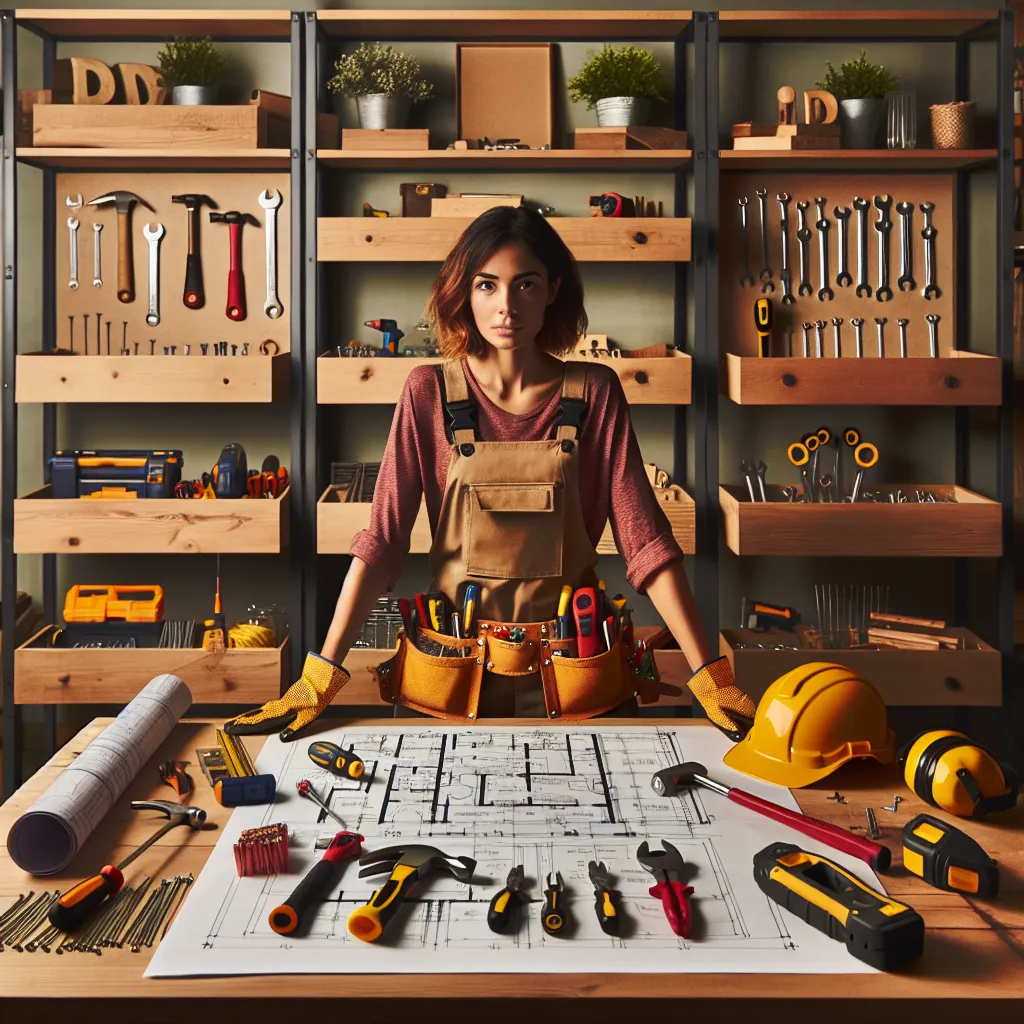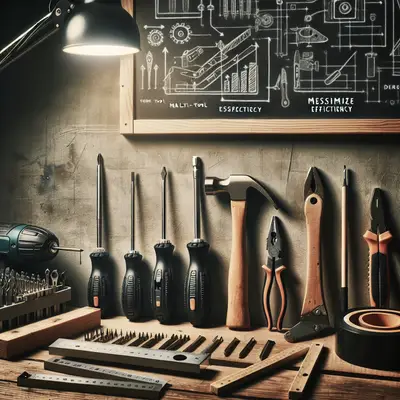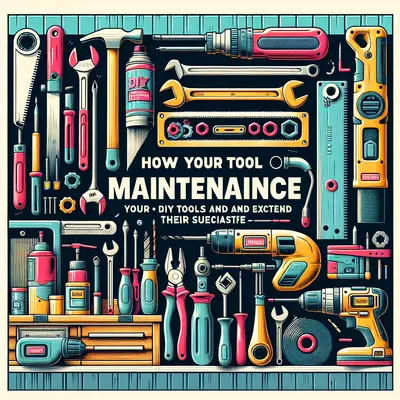Understand Your Project
Before purchasing any tools, you need to have a clear understanding of your project requirements. Consider what materials you'll be working with, the specific tasks you'll need to perform, and any special considerations that might necessitate unique tools. For instance, if you're working with wood, you'll need saws, drills, and sanders, and if you're dealing with metal, you might need a welder.
Research the Tools You Need
Once you've identified your project requirements, research the tools you'll need. Use online resources, read product reviews, and consult with experts in the field if possible. This will help you understand the functionality of each tool, their pros and cons, and whether they are a good fit for your DIY project.
Set a Budget
Tools can vary significantly in price, so it's essential to set a budget before you start shopping. Consider how often you'll use the tool and whether it's worth investing in a higher-priced item. Remember, while quality is important, the most expensive option isn't always the best one for your needs.
Check for Safety Features
When choosing tools, safety should be a top priority. Look for tools with safety features like automatic shut-off, safety guards, and non-slip handles. Also, consider the tool's weight and ergonomics to ensure you can handle it comfortably and safely.
Buy From a Reputable Seller
Finally, make sure to purchase your tools from a reputable seller. This ensures that you're getting high-quality tools that will last, and it also means you'll have a warranty or return option if something goes wrong.
Conclusion
Choosing the right tools for your DIY project doesn't have to be complicated. By understanding your project, researching the necessary tools, setting a budget, checking for safety features, and buying from a reputable seller, you can ensure that you're well-equipped to tackle any DIY project with confidence. Happy crafting!



